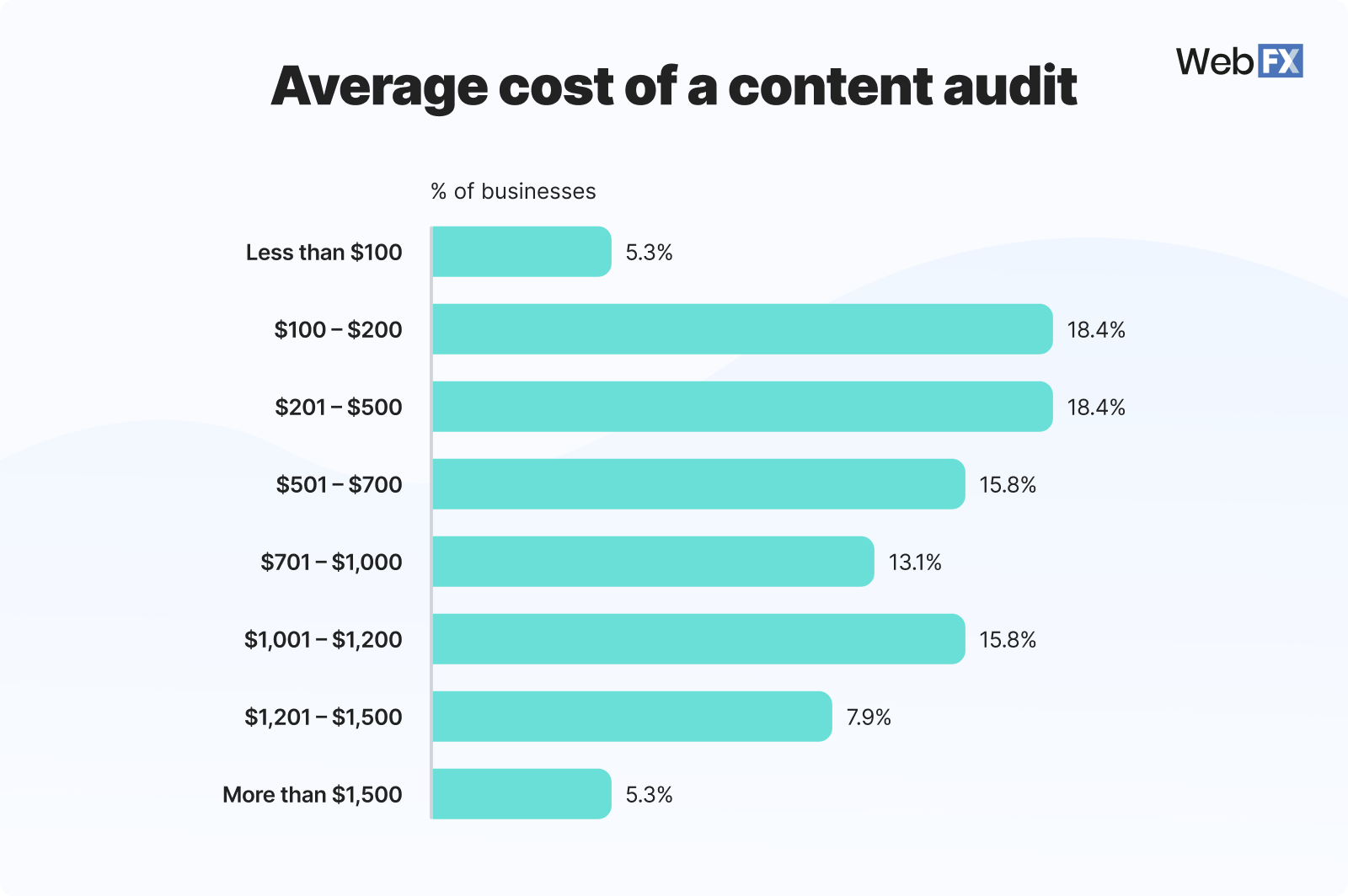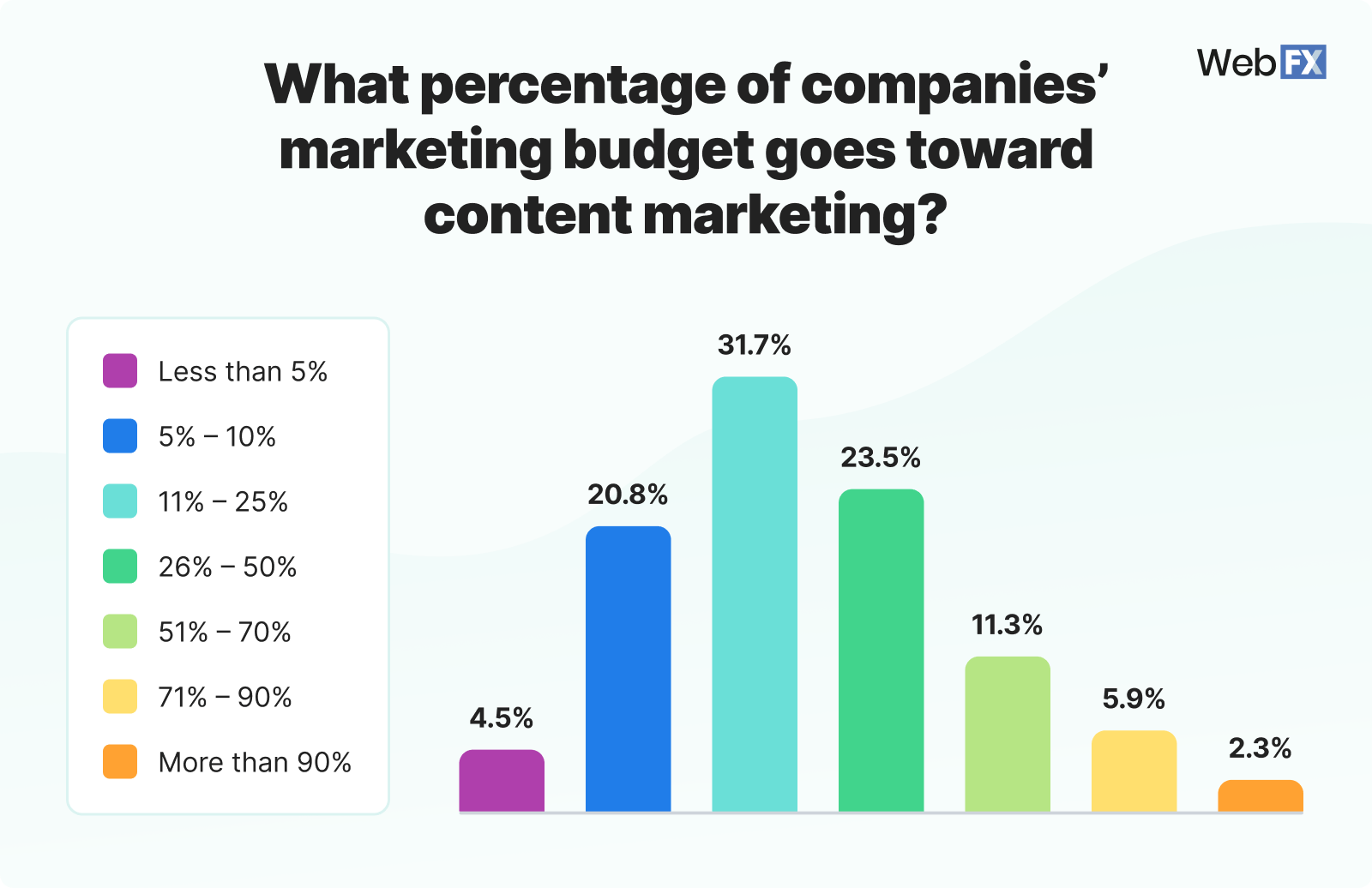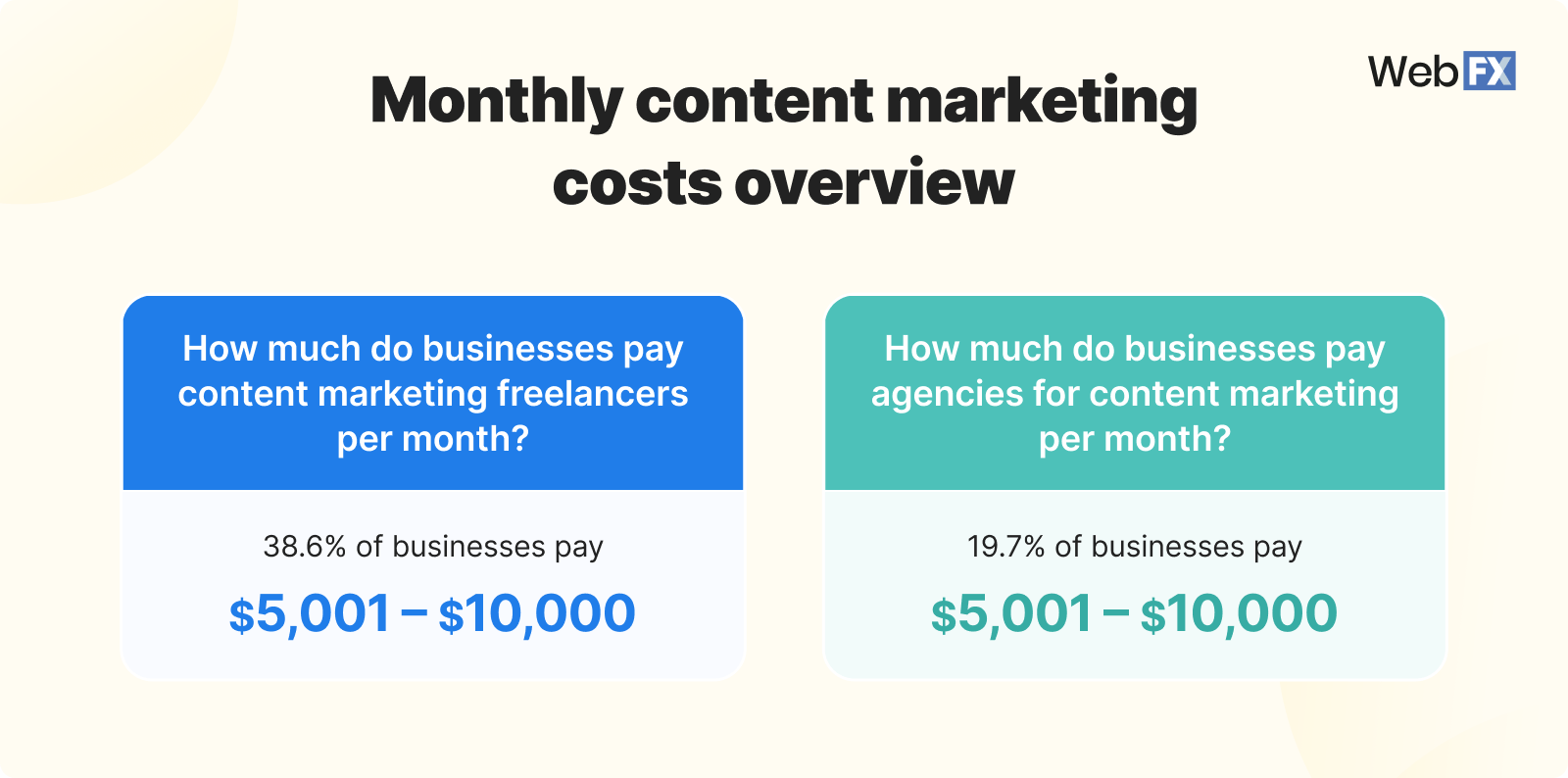How Content Complexity and Volume Affect Content Marketing Pricing
Content marketing pricing is not one-size-fits-all; it is shaped by two primary factors: content complexity and content volume. These variables influence both the cost per piece and the total monthly or project-based budget.
Content Complexity
Complexity refers to the depth, research, and expertise required to produce each piece of content. More complex content demands greater time, specialized knowledge, and often, higher-quality deliverables.
- Long-form, research-intensive content (e.g., whitepapers, case studies, in-depth articles) costs more than short-form content (e.g., social media posts, brief blogs) because it requires more research, writing, and editing time.
- Industry-specific or technical topics often require subject matter experts, increasing costs further.
- Custom, non-templated content is more expensive than reworked or templated material, as it involves original ideation and execution.
- Interactive or multimedia content (e.g., videos, infographics, interactive tools) typically incurs higher production costs than plain text.
Example: A 2,000-word, technically detailed article with interviews and custom graphics will cost significantly more than a 500-word blog post on a general topic.
Content Volume
Volume refers to the quantity of content produced within a given timeframe. Higher volume generally means higher total costs, but economies of scale can sometimes reduce the per-unit price.
- More content pieces per month (e.g., blogs, newsletters, social media updates) increase the overall budget, as each piece requires time for creation, editing, and distribution.
- Recurring content needs (e.g., monthly blogs, weekly newsletters) often lead to ongoing retainers or subscription-based pricing models.
- Distribution across multiple channels (website, social media, email, etc.) can further increase costs due to the need for platform-specific adaptations and promotions.
Example: A starter package might include 2 blogs per month for $1,000, while an enterprise plan with 8+ assets (blogs, whitepapers, case studies) could cost $7,500+ per month.
Interaction Between Complexity and Volume
The relationship between complexity and volume is multiplicative, not additive. High complexity at high volume results in the highest costs, while low complexity at low volume is the most affordable.
| Scenario | Complexity | Volume | Typical Cost Impact |
|---|---|---|---|
| Simple, low volume | Low | Low | Lowest |
| Simple, high volume | Low | High | Moderate (scales with volume) |
| Complex, low volume | High | Low | High per piece |
| Complex, high volume | High | High | Highest (premium pricing) |
Additional Pricing Factors
While complexity and volume are primary drivers, other factors also influence pricing:
- Agency/freelancer expertise and reputation
- Industry competitiveness and audience sophistication
- Content distribution and promotion needs
- Revision rounds and project management
- Tools and technology used (e.g., SEO, analytics platforms)
Summary
Content complexity and volume are the core determinants of content marketing pricing. Complex, high-volume campaigns command premium rates due to the increased labor, expertise, and resources required. Simpler, lower-volume projects are more affordable but may offer less strategic impact. Businesses should align their content marketing budgets with their goals, audience needs, and desired outcomes, recognizing that investing in quality and relevance often yields better long-term returns than prioritizing quantity alone.




